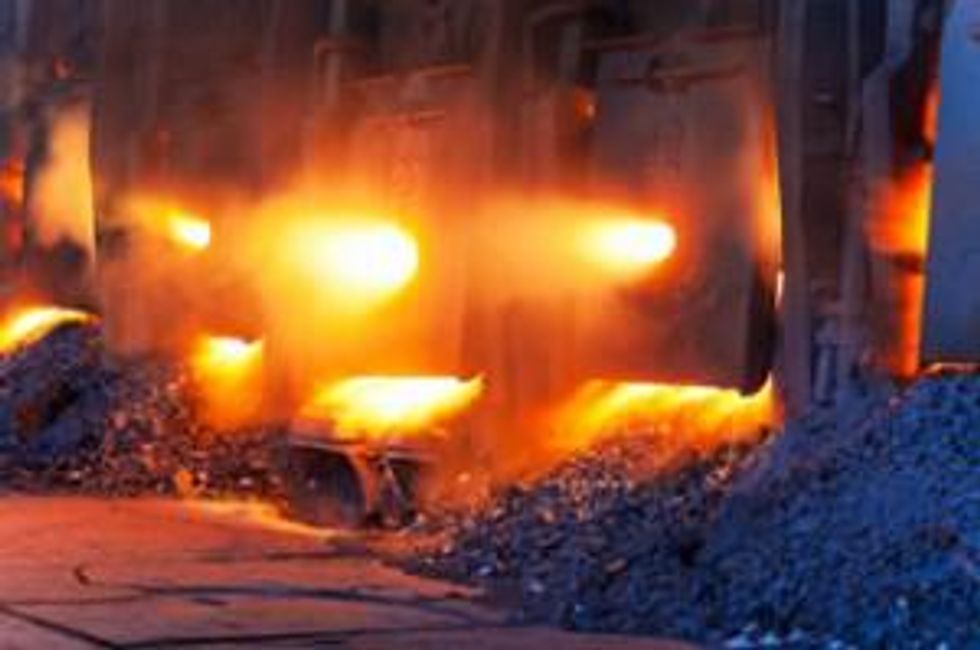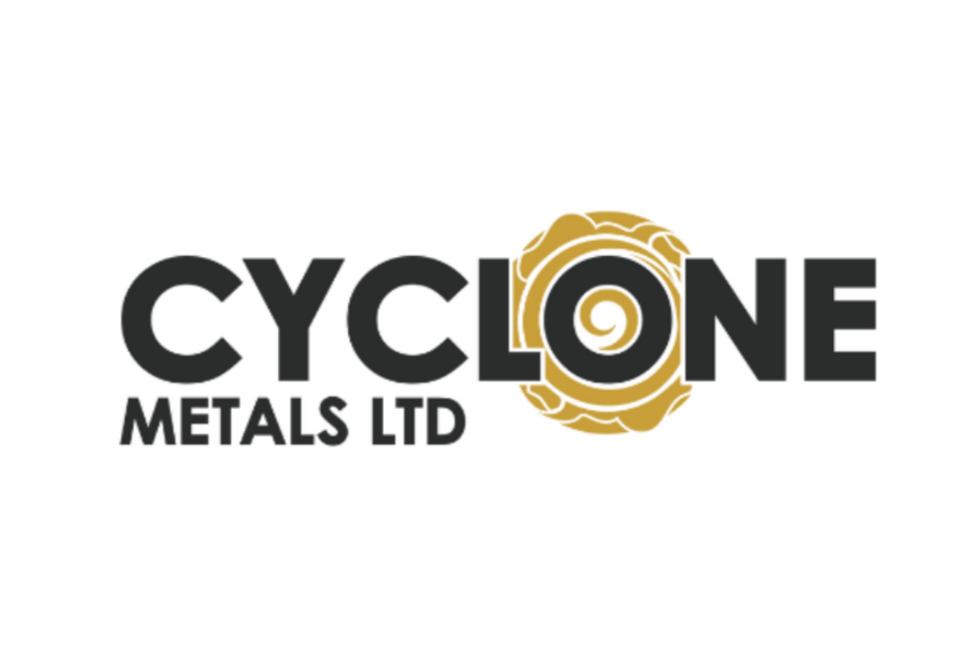Glencore Eyes Rio Tinto Acquisition; Largest Integrated Mining Company Ahead?
Rumor has it that commodities giant, Glencore is honing in on is next acquisition target: Rio Tinto.
Though no offer has been officially made, Bloomberg reported that Rio executives are “well aware” of Glencore’s CEO, Ivan Grasberg’s interest in a deal.
What does Glencore have to gain?
As mentioned, a merger between the two companies would create the largest mining company in the world, pitting the company directly against BHP Billiton (NYSE:BHP, ASX:BHP).
In a note following the possible takeover news, Bank of America Merrill Lynch analyst Jake Greenberg noted that “Glencore has been clear that their M&A focus is on small bolt-on deals in upstream oil and agri,” adding that “This would be a major shift in their strategy, and I think it is unlikely that the company is really prepared to launch a bid for Rio any time soon.”
So what makes Rio an attractive acquisition for the commodities heavy weight? The answer is simple: iron ore.
Indeed, Glencore has exposure to copper, coal, nickel, and zinc, the commodities trader is lacking in its exposure to iron ore. Rio Tinto, on the other hand, is the largest shipper of seaborne iron ore and the biggest iron producer in Australia.
Strike while the iron is cold
Bloomberg noted, “persistent weakness in the market for iron, which accounts for almost half of Rio’s revenue, and is weighing on its share price” adds some weight to now being the right time for the Glencore to pursue Rio.
“Iron ore is a great commodity for traders when the market is tight because there are quality and geographic arbs.” Greenberg noted, adding that of the flip side, “When the price is low and the market is over-supplied with high quality ore, it is debateable how much value a trader can add.”
And Rio has felt first hand the effects of the depressed iron ore market. “Due in large part to the price of iron ore, Rio’s shares have declined 12 percent this year in London, giving the company a market value of about 56 billion pounds ($90 billion).” Consequently, as Bloomberg highlights, this brings Rio “within striking distance of Glencore’s 45-billion-pound market capitalization, which has risen almost 12 percent in 2014.”
Should the merger go through, the combined company would be worth $185 billion.
Even though all sides have remained rather tightlipped about the proposed merger, the Financial Review speculated that “Rio’s managers were not implacably opposed to a tie-up with Glencore,” underlining, however, that the depressed iron’ ore price puts the company at a disadvantage in negotiations. The being said, the publication noted that the first response would likely be a rejection.
Still, only time will tell which way the deal will go. However, one thing is for certain, continued weakness in the iron market does bode well for Glencore making a play for Rio.
Securities Disclosure: I, Vivien Diniz, hold no investment interest in any of the companies mentioned.

